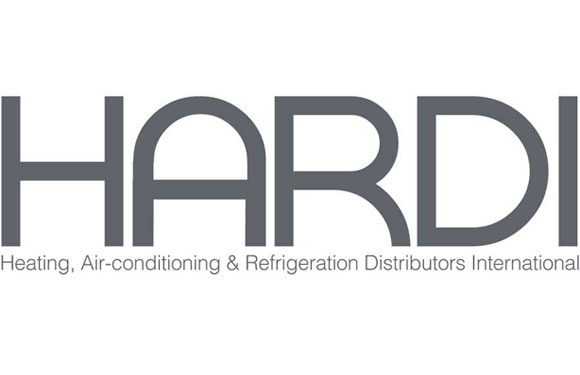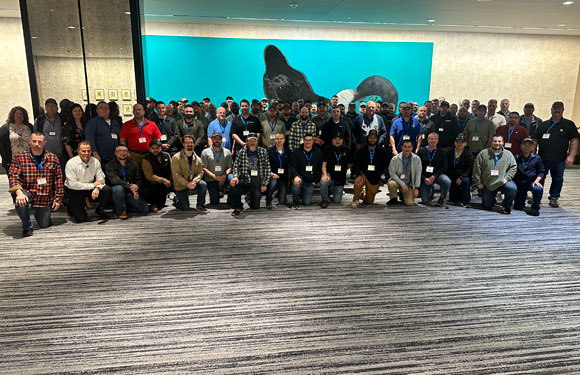
News
Business Continuity in the Service Sector: Deploying Remote Assistance Tools Proves Key
Having seen the early effects of the growing pandemic, global climate control solutions provider Munters identified an immediate need to leverage remote assistance to help serve customers and support both field and manufacturing operations. The company opted to roll out remote assistance to 200 staff across 22 countries, a deployment it completed in just two weeks. Sarah Nicastro, Field Service Evangelist, IFS, draws on this case study to explain how the service sector can quickly benefit from remote assistance tools both in the short and long term, without disrupting operations.

Industrial organizations have known for some time that they must embrace the opportunities offered by the fourth industrial revolution or accept to fall by the wayside. They are building more connected teams, data-driven operations and faster production capabilities, and many have now even moved into aftermarket service contracts. For these organizations already making strides in their digital transformation journeys, ensuring business continuity is paramount.
This attitude to change is currently driving efficiencies for Munters, a global leader in energy-efficient and sustainable air treatment solutions. Recognizing early the effects of the 2020 coronavirus pandemic, it identified the immediate need to leverage remote assistance to help serve customers and ensure continuity of both field and manufacturing operations.
When On-site Visits are Not a Possibility
Munters manufactures, sells and maintains specialist equipment for demanding industrial sectors where controlling temperature and humidity is mission-critical. With five production units in the United States and over 20 locations worldwide, the company’s business model relies heavily on completing on-site visits—including even before the initial installation of equipment.
To reduce reliance on site visits, the company looked to remote software tools to create functionality enabling teams to interface remotely with customers and improve efficiency by being able to perform remote resolution and diagnosis—a critical step in its journey to servitization.
The company wasted no time when it realized its servitization efforts could be in danger, creating a level of urgency to make remote assistance technology operational in the shortest window of time possible.
Services Still Sold, Problems Still Solved – Just the Technology Changed
Munters’ goals were both to provide remote support to field technicians and to support a new manufacturing production line without sending experts to the site.
IFS Remote Assistance makes it possible for teams to be anywhere, instantly—this includes field technicians and third-line support using the solution on their mobile devices, as well as experts guiding the opening of the new production line using Vuzix smart glasses. It provides opportunities for remote customer support and resolution, remote diagnosis to increase first-time fix rates, better utilization of valuable resources, as well as more rapid employee training and knowledge transfer.
Merged Reality is the New Normal – within Two Weeks
Munters technicians can now take advantage of the features and hands-free collaboration opportunities offered by merged reality environments. This means users can collaborate and interact in real-time while telestrating, freezing images, using hand gestures and even adding real objects into the merged reality environment—whether that’s technician to third-line support, technician to customer, or expert to manufacturing facility.
With modern remote assistance tools, time to value can be rapid and what minimal user training is required is extremely intuitive. In the case of Munters, a pilot was underway in just six days and training took less than two hours. The company has now extended the solution to more than 200 users globally in just two weeks.
A Business Continuity Tool Today – a Springboard for Growth Tomorrow
The example of Munters successfully adapting to unprecedented circumstances demonstrates not only how remote assistance technology can ensure business continuity during a global pandemic, but also the immense potential to further leverage the solution once business returns to a more normal state.
When considering how this technology can modernize operations, the benefits are clear to see. Efficiency gains come from the ability to perform maintenance inspections remotely, improve first-time fix rates as a result of remote diagnosis, reduce the number of technicians sent to sites and provide remote support to manufacturing facilities.
Why Wait? Accelerate Servitization Now
These are just the internal operational gains. The question business leaders should now ask is not “how do we keep moving”—but “how do we grow from this.”
One of the greatest benefits of remote assistance technology is how it can equip businesses to bring their vision for servitization to life. Remote assistance can be instrumental in helping businesses reimagine how they engage and interact with customers, even long after the pandemic subsides.
Companies such as Munters that leverage the technology not simply to sustain but to innovate operations, facilitate knowledge transfer and differentiate service offerings will come out on the other side stronger than before.
For more information on Munters, visit https://www.munters.com.
For information about IFS, visit https://www.ifs.com/corp/.
















